Five Cool Facts from Johnson & Johnson History
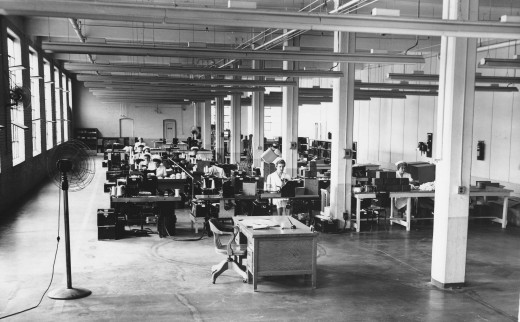
August brings heat and humidity to just about everyone, and it’s a time when many people head to the beach, or to air conditioning, or on vacation -- or all three combined! So to help everyone stay cool in the late summer heat, here are five cool facts from Johnson & Johnson history:
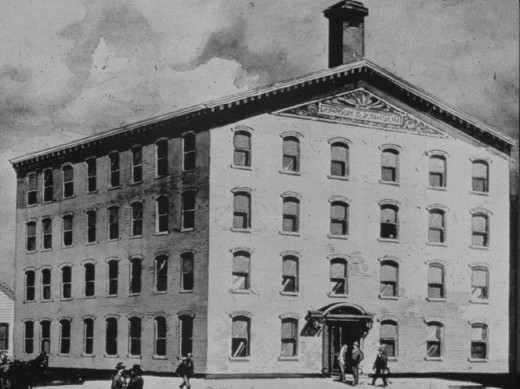
1. One of our original 1886 employees sent a fossil to the Smithsonian! In 1904, M.S. Denman sent a fossil of a prehistoric fish to the Smithsonian. Ms. Denman was one of our original fourteen employees in 1886, and one of our original eight women employees. She and her colleagues were chosen by founder James Wood Johnson for their willingness to join a tiny new company focused on the innovation of making the first mass produced sterile surgical dressings and sterile sutures in the United States. By 1908, she had risen to be a department supervisor: she ran the Plaster Finishing Department. M. S. Denman’s submission of a fossil shows her intellectual curiosity and her scientific turn of mind, something that no doubt made her a valuable member of the Johnson & Johnson team. She got a mention in the Smithsonian’s annual report for the year of 1904 for her donation.
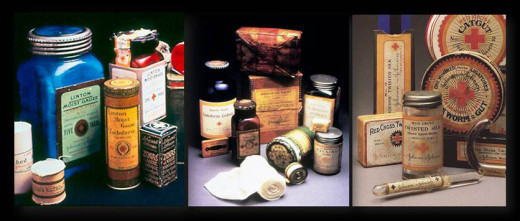
2. Johnson & Johnson products were used on the first hospital ship, the Solace, a Navy ambulance ship during the Spanish-American War in 1898. According to this site, the crew of the Solace (which included a surgeon, three assistant surgeons, and eight trained nurses) performed the first antiseptic surgery at sea, which was made possible, in large part, by the sterile surgical products from Johnson & Johnson. Today, Johnson & Johnson is a longtime partner of Mercy Ships, which operates a fleet of hospital ships that provide specialty surgeries in state-of-the-art operating rooms to people in developing nations – a very tangible example of caring for the world, one person at a time.
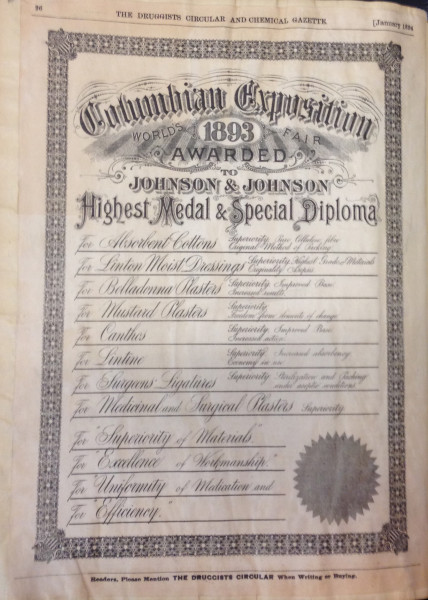
3. The legendary 1893 Chicago World’s Fair has been the subject of countless books and multiple websites. Also known as the 1893 Columbian Exposition, the fair was a hotbed of innovation that saw the debut of the Ferris Wheel, the zipper, the moving walkway, an early dishwasher, and the awe-inspiring illumination of its buildings and grounds by electricity. Not only were innovations from Thomas Alva Edison and Nikola Tesla on display at the fair, so were innovations from Johnson & Johnson! The company was an exhibitor at the 1893 World’s Fair, just 17 years after an earlier world’s fair, the 1876 Philadelphia Centennial Exposition, inspired Robert Wood Johnson to help make surgery sterile. Johnson & Johnson was awarded highest honors at the 1893 Chicago World’s Fair, and earned a special diploma for the health care innovations it exhibited: sterile surgical dressings, sterile sutures and medicated plasters.
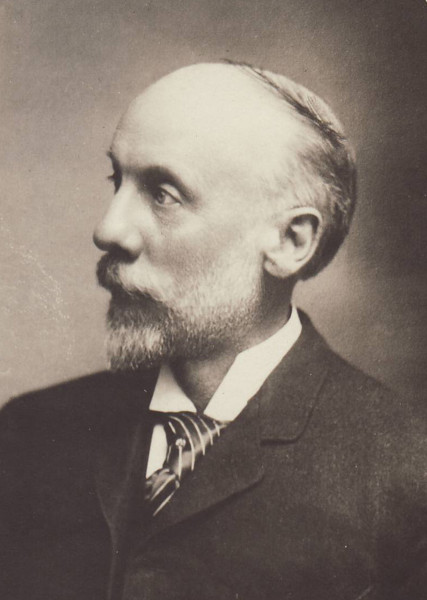
4. Fred Kilmer was a member of a wide variety of professional and scientific associations, including one that boasted one of the best names in scientific society history: The New Jersey Microscopical Society. Founded in the late 1800s (some of them still exist today!), microscopical societies were focused on the scientific uses of the microscope, and the topics discussed ranged from biology to medicine, to geology – basically, any scientific discipline that would use a microscope. Membership in the New Jersey society included many of the leading scientists in the state. Fred Kilmer was elected a member on January 21, 1884, at Geological Hall, Rutgers College – right across the street from where he would later work at Johnson & Johnson.
5. Presentation software has become such an essential tool of the modern workplace that it might surprise readers to learn that over 100 years ago people also used presentation technology at work. What did they use? Lantern slides! Lantern slides were glass slides mounted in a frame. They were used with a projector (called a magic lantern) to project images -- usually photographs, illustrations or text -- onto a wall or a screen. Fred Kilmer used lantern slides when he gave talks to retail pharmacists and other groups about all of the innovation happening at Johnson & Johnson.

Fascinating Facts!! And thanks for continuing to work with hospital ships. Your work is making a difference!!
With the recent anniversary of the Woodstock Music Festival, a friend posted a series of pics from the event on facebook. One of them, depicting medical supplies being brought in by helicopter, caught me eye as I looked closely at the boxes. You guessed it ... medical supplies from J&J! Tried to append the pic but couldn't. Email me if you would like a copy.
Fantastic facts !!